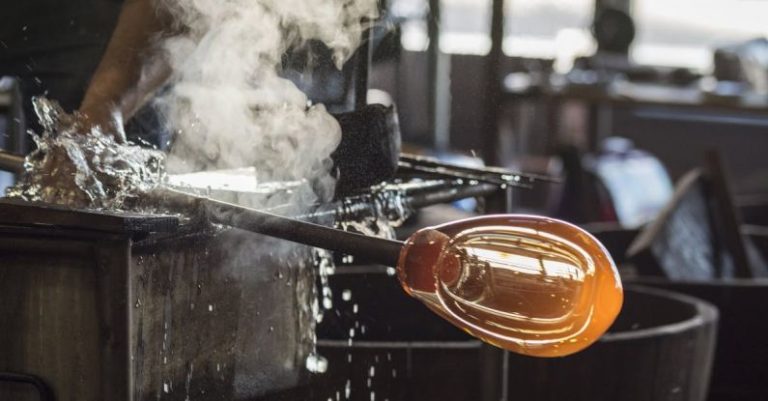What Are the Basics of Traditional Quilting?

Traditional quilting is a time-honored craft that has been passed down through generations, with roots dating back to ancient times. Quilting involves sewing layers of fabric together to create a cozy and decorative blanket. While modern quilting has evolved to include a wide range of techniques and styles, the basics of traditional quilting remain fundamental to this beloved craft. In this article, we will explore the essential elements of traditional quilting that every aspiring quilter should know.
Choosing the Right Fabrics
One of the key aspects of traditional quilting is selecting the right fabrics for your project. Traditional quilts often feature a mix of prints, solids, and textures that come together to create a visually appealing design. When choosing fabrics for a traditional quilt, it is essential to consider factors such as color, pattern, and scale. Mixing different fabric prints and colors can add depth and interest to your quilt, while sticking to a cohesive color palette can help create a harmonious overall look.
Understanding Quilt Blocks
Quilt blocks are the building blocks of a traditional quilt. They are individual units of fabric that are pieced together to create the overall quilt design. Traditional quilt blocks come in a wide variety of shapes and sizes, from simple squares and rectangles to more intricate geometric patterns. Understanding how quilt blocks are constructed and how they fit together is essential for creating a cohesive and well-balanced quilt design. Experimenting with different block patterns and arrangements can help you discover your own unique quilting style.
Mastering Hand Piecing and Machine Piecing
Traditional quilting techniques include both hand piecing and machine piecing. Hand piecing involves sewing individual pieces of fabric together using a needle and thread, while machine piecing uses a sewing machine to join fabric pieces. Both methods have their own advantages and challenges, and many quilters prefer to use a combination of hand and machine piecing in their projects. Mastering both hand piecing and machine piecing techniques can give you the flexibility to choose the method that works best for each individual quilt project.
Exploring Quilting Patterns
Quilting patterns add texture and visual interest to a traditional quilt. There are endless possibilities when it comes to quilting patterns, from simple straight lines to intricate designs like feathers or swirls. Traditional quilting often features quilting patterns that complement the overall design of the quilt, enhancing the beauty of the fabric and piecing. Experimenting with different quilting patterns and techniques can help you develop your quilting skills and create stunning finished quilts.
Embracing Traditional Quilting Designs
Traditional quilting designs draw inspiration from a rich history of quilting traditions. From classic Log Cabin and Dresden Plate patterns to timeless appliqué designs, traditional quilting offers a wide range of design options to explore. Embracing traditional quilting designs can help you connect with the heritage of quilting and create quilts that are both beautiful and meaningful. By studying traditional quilt patterns and techniques, you can learn from the quilters who came before you and incorporate their wisdom into your own quilting practice.
Finding Community and Inspiration
Traditional quilting is not just a solitary craft—it is also a vibrant and welcoming community of quilters who share a passion for creating beautiful quilts. Joining a quilting guild or taking quilting classes can help you connect with other quilters, share ideas and inspiration, and learn new techniques. Being part of a quilting community can provide support and encouragement as you work on your quilting projects, and can also offer opportunities to showcase your quilts and participate in quilt shows and events.
Incorporating Personal Touches
While traditional quilting follows certain guidelines and techniques, there is also ample room for personal creativity and expression. Adding personal touches to your quilts, such as incorporating favorite fabrics, experimenting with color combinations, or creating custom quilt blocks, can make your quilts truly unique and special. Traditional quilting allows you to infuse your quilts with your own style and personality, creating quilts that reflect your individual creativity and vision.
Embracing the Timeless Art of Traditional Quilting
Traditional quilting is a timeless art form that continues to captivate quilters around the world. By mastering the basics of traditional quilting, exploring different techniques and designs, and finding inspiration in the quilting community, you can embark on a rewarding quilting journey that will bring you joy and creativity for years to come. Whether you are a seasoned quilter or a beginner just starting out, traditional quilting offers a wealth of opportunities to learn, grow, and create beautiful quilts that will be cherished for generations. So pick up your fabric and thread, and start your own traditional quilting adventure today!





